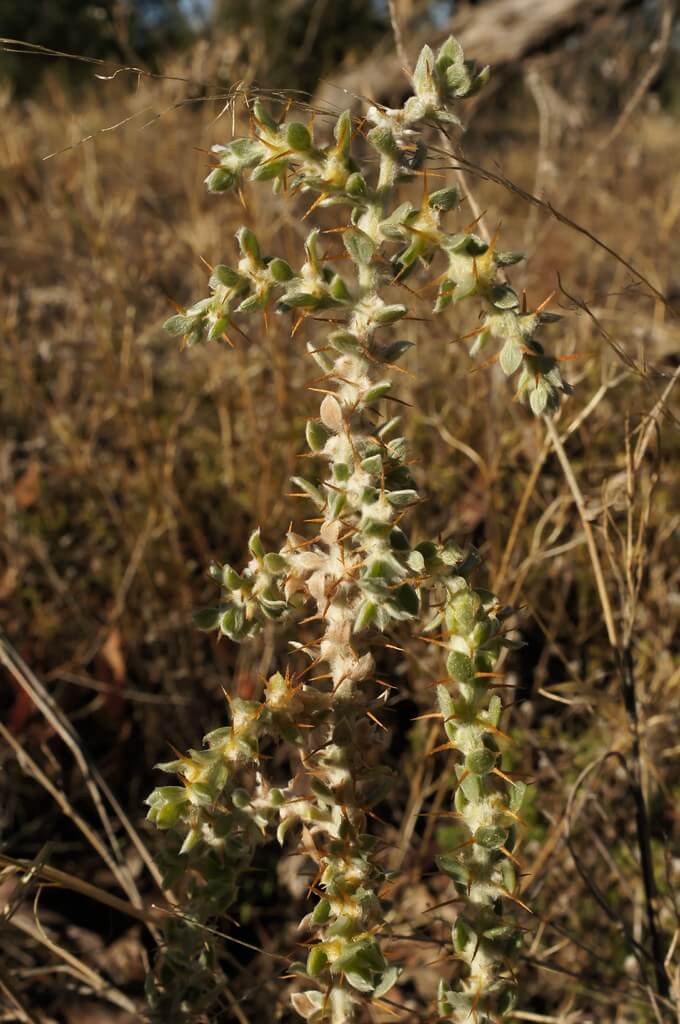APC (2021). Australian Plant Census. Council of Heads of Australasian Herbaria (CHAH). Available at: Vascular Plants APNI (biodiversity.org.au)
Auld, B.A. (1974). The ecology of Bassia birchii (F. Muell.) F. Muell. Ph.D. thesis, University of Sydney.
Auld, B.A. (1981). Aspects of the Population Ecology of Galvanised Burr (Sclerolaena birchii) Aust. Rangel. J. 3(2) 1981, 142-8
Auld, B.A. & Johnson S.B. (2011). The biology of Australian weeds 57. Sclerolaena birchii (F.Muell.) Domin. Plant Protection Quarterly. 26(1)
AVH (2021). The Australasian Virtual Herbarium. Council of Heads of Australasian Herbaria (CHAH). Available at: Home - AVH (chah.org.au)
Cunningham, G. M., Mulham, W. E., Milthorpe, P. L. and Leigh, J. H. (1992). Plants of Western New South Wales. Inkata Press, Sydney.
DPI, NSW (2019). NSW Weedwise, Department of Primary Industry (DPI). Available at: NSW WeedWise
eFloraSA (2021). Electronic Flora of South Australia. State Herbarium of South Australia: Adelaide. Available at: Fact sheet for Sclerolaena birchii (flora.sa.gov.au)
Everist, S.L., Moore, R.M. & Strang, J. (1976). Galvanised Burr in Australia. Proc. Royal Soc. Qld. 87: 87 - 94.
Government of South Australia (2014). Plant Policy, Galvanised burr (Sclerolaena birchii). South Australia. Available at: galvanised_burr_policy.pdf (pir.sa.gov.au) [pdf link]
Parsons, W.T. & Cuthbertson, E.G. (2001). Noxious Weeds of Australia. CSIRO Publishing, Victoria.
PlantNET (2021). The NSW Plant Information Network System. Royal Botanic Gardens and Domain Trust, Sydney. Available at: PlantNET - FloraOnline (nsw.gov.au)
VicFlora (2016). Flora of Victoria, Royal Botanic Gardens Victoria. Available at: VicFlora: Sclerolaena birchii (rbg.vic.gov.au)
Walsh, N.G. & Entwisle, T.J. (1996). Flora of Victoria. Volume 3. Inkata Press, Melbourne
Foster, M.L. & Godwin, I.R. (1995). Evaluation of Galvanised Burr (Sderolaena birchii) as a Drought Feed. Recent Advances in Animal Nutrition in Australia (RAAN) Conference Proceedings.































